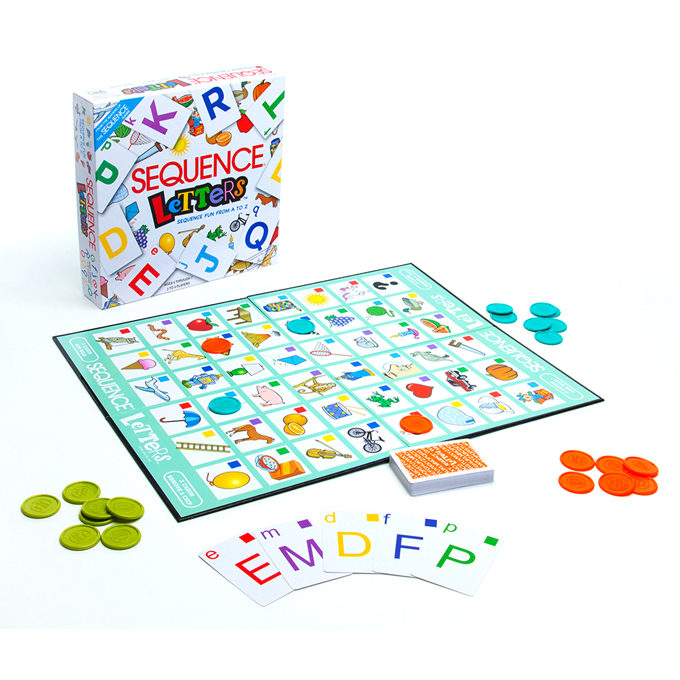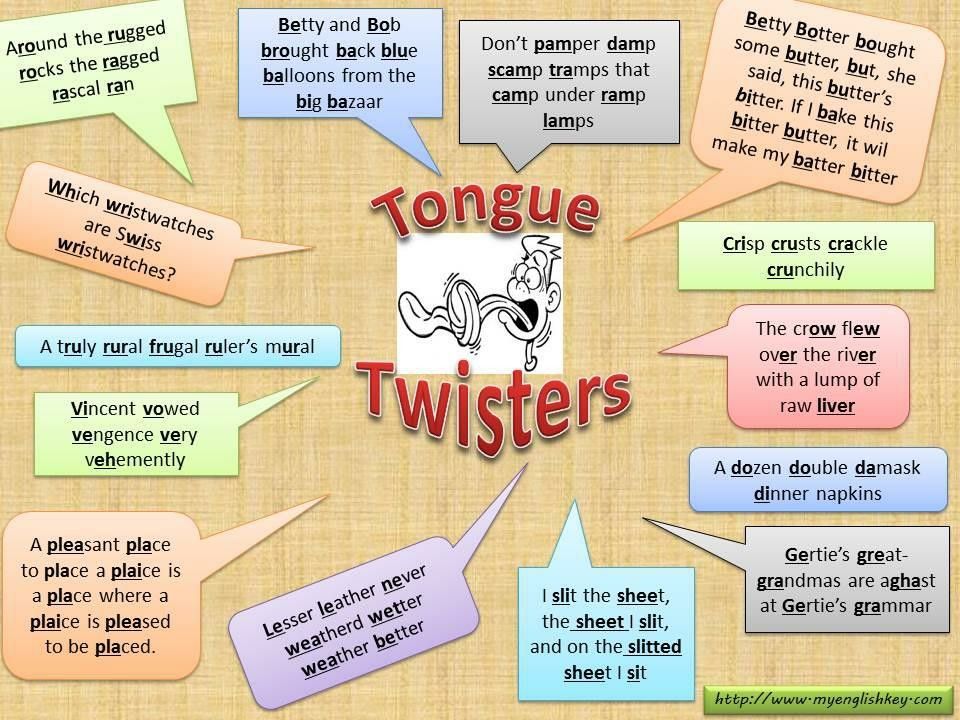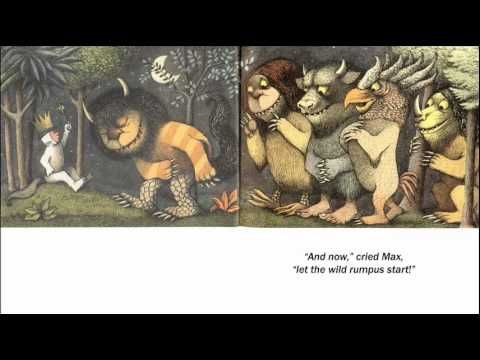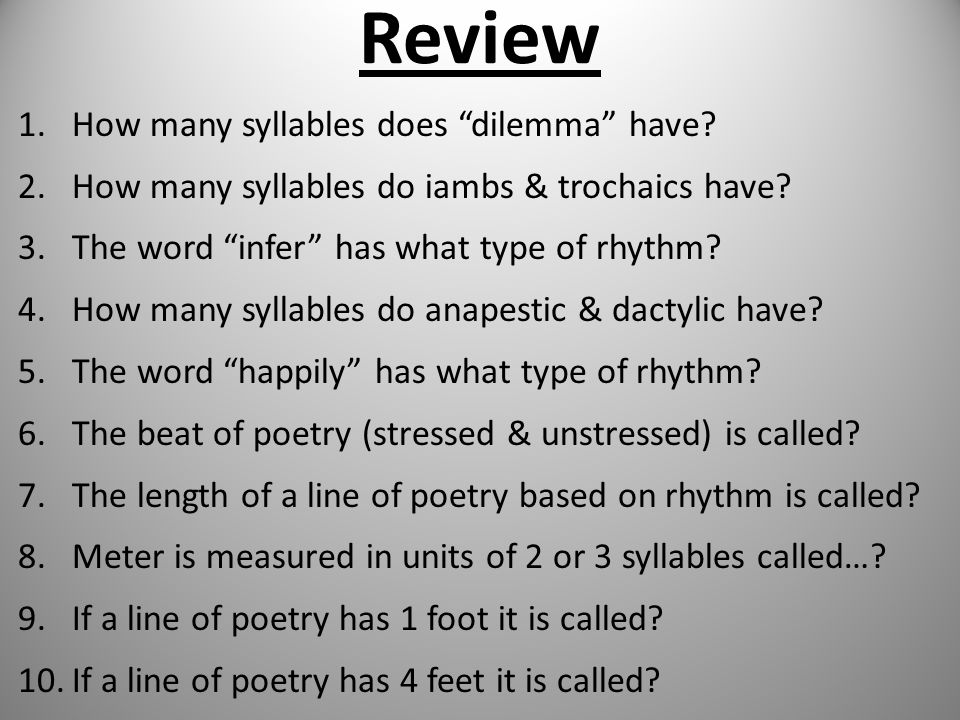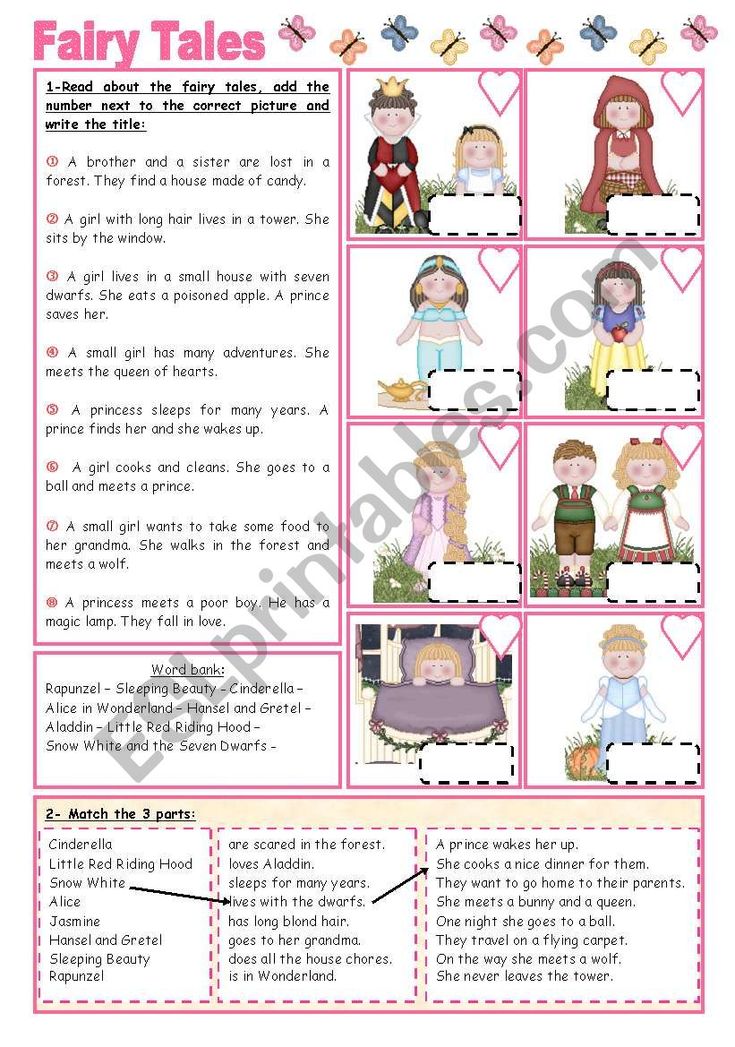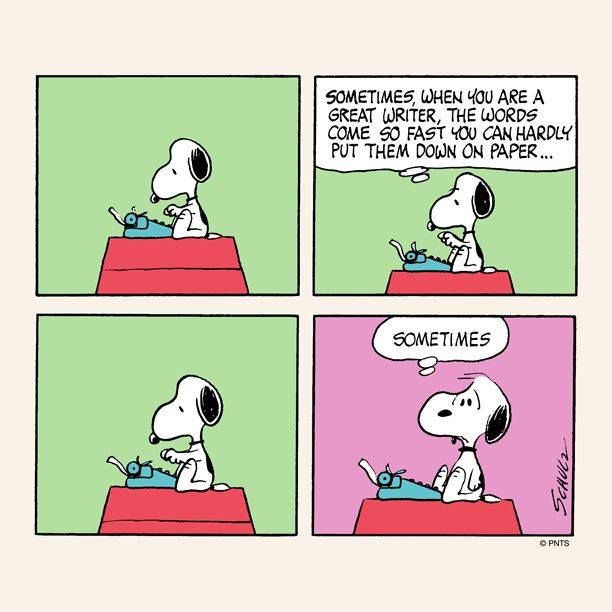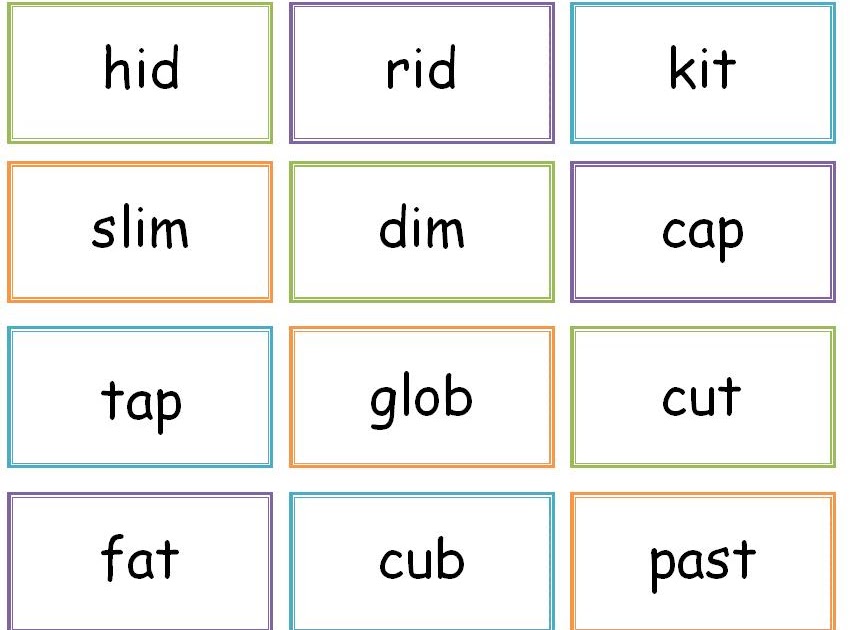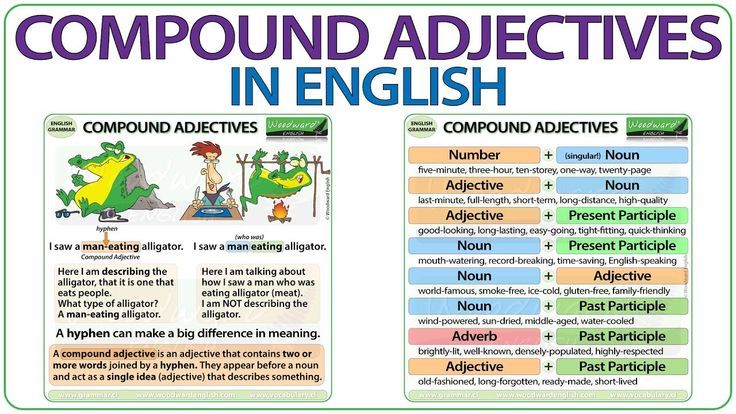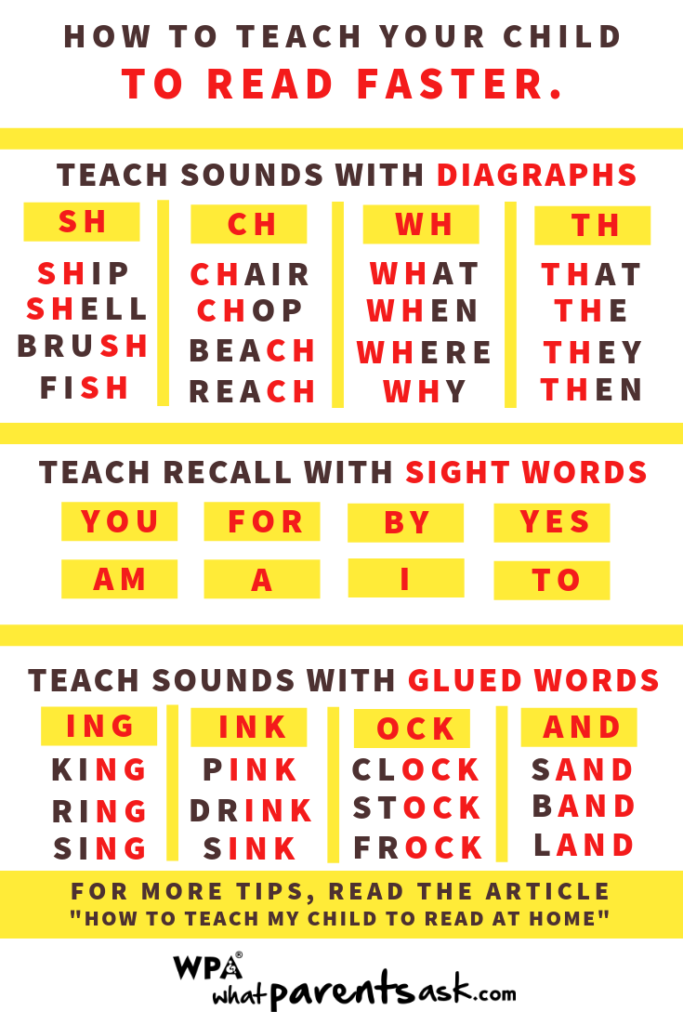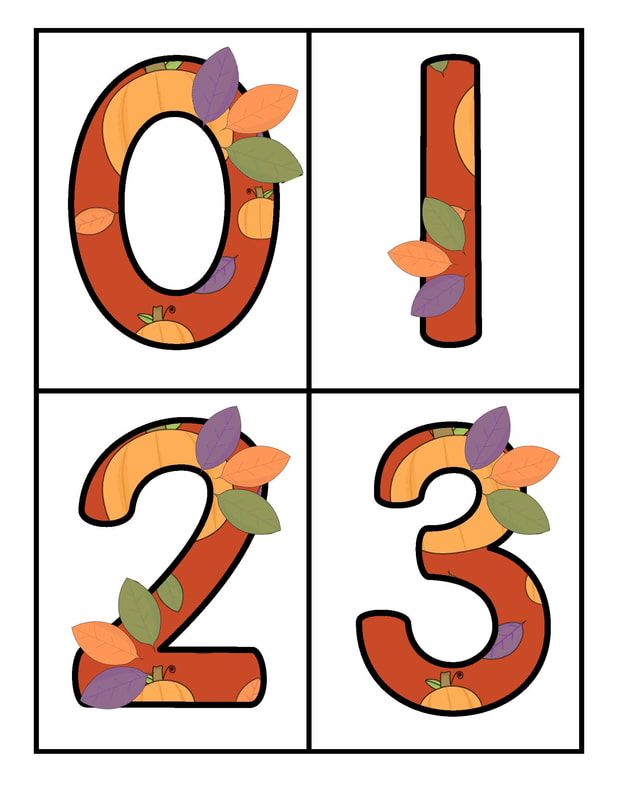Number sequencing games
Ordering and Sequencing Numbers Games
Choose a Category:
Ordering and Sequencing Mental Maths Place Value Addition and Subtraction Times Tables Multiplication and Division Fractions and Decimals Money Shape, Position and Movement Measures Data Handling Problem SolvingThese fun learning games for kids involve a wide variety of ordering and sequencing numbers activities.They provide opportunities both to recognise a number sequence and complete sequences of numbers.
-
Caterpillar Ordering
A wonderful game for ordering numbers and for number sequences. Fantastic on an interactive whiteboard.
-
Coconut Ordering
Compare and order different numbers, including decimal numbers, and metric quantities involving length, mass, capacity and money. Includes UK, Euro and Dollar currencies.
-
Rocket Rounding
A multiple choice game involving rounding numbers to ten, a hundred and to a whole number. There are two options, one with a number line and the other more difficult level, without one.
-
Paint the Squares
An interactive number charts resource with 8 different sized number grids including a regular 100 number square. Can you make a pattern of number sequences? Charts are printable on desktop machines.
-
Range Arranger
Build a tower with the blocks in the correct order from smallest to largest. Suitable for Year 2 to Year 6.
-
Compare Decimals
Draw greater than and less than signs before the time bar runs out to compare decimals.
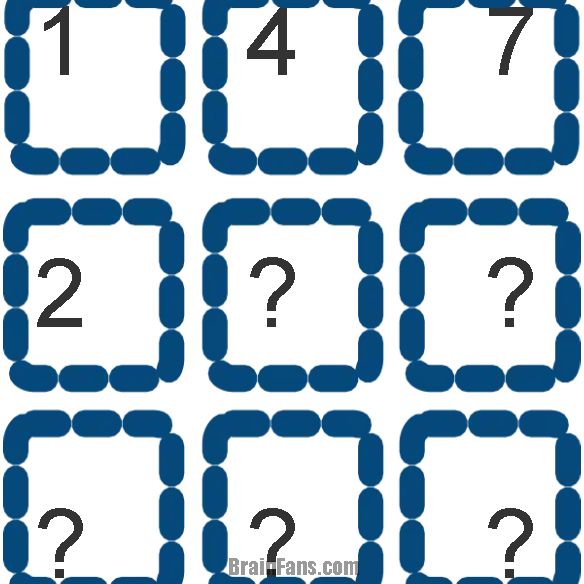
-
Placing Numbers on a Number Line
A versatile number line that can be used at many different levels beginning at numbers 1 to 10 up to fractions, decimals and negative numbers. Place numbers on a number line and see how close you can get.
-
Place Value Millionaire
A maths game which will test your knowledge of place value. Select either one player or two player options. Could be used as a class quiz. Suitable for 10 to 11 year olds.
-
Sequences
Test your knowledge of numbers in a sequence. Useful for use throughout Key Stage 2 as it has many different levels.
-
Counting Caterpillar
Order numbers along a branch.
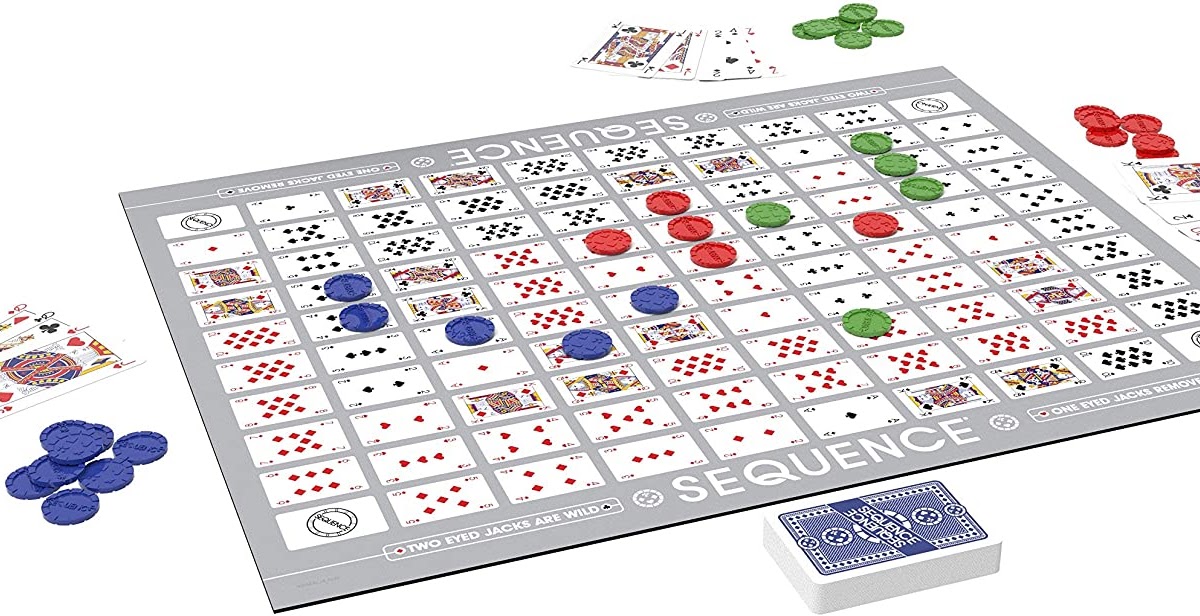 You can select the minimum and maximum numbers.
You can select the minimum and maximum numbers. -
Chinese Dragon Game
Chinese Dragon Game is an ordering and sequencing numbers game based on the Chinese New Year dragon theme.
-
Compare Numbers on a Number Line
Compare numbers on two different number lines and decide which is bigger. A great game to get children thinking about reading varying scales.
-
Higher and Lower
How good are you at ordering numbers? Lots of examples to try from simple ordering numbers to 10 to fractions, decimals or negative and positive numbers. Please be aware the input your own numbers section is faulty.
-
Numbers to Words Fruit Splat
Match numbers to the fruits to the target number words.
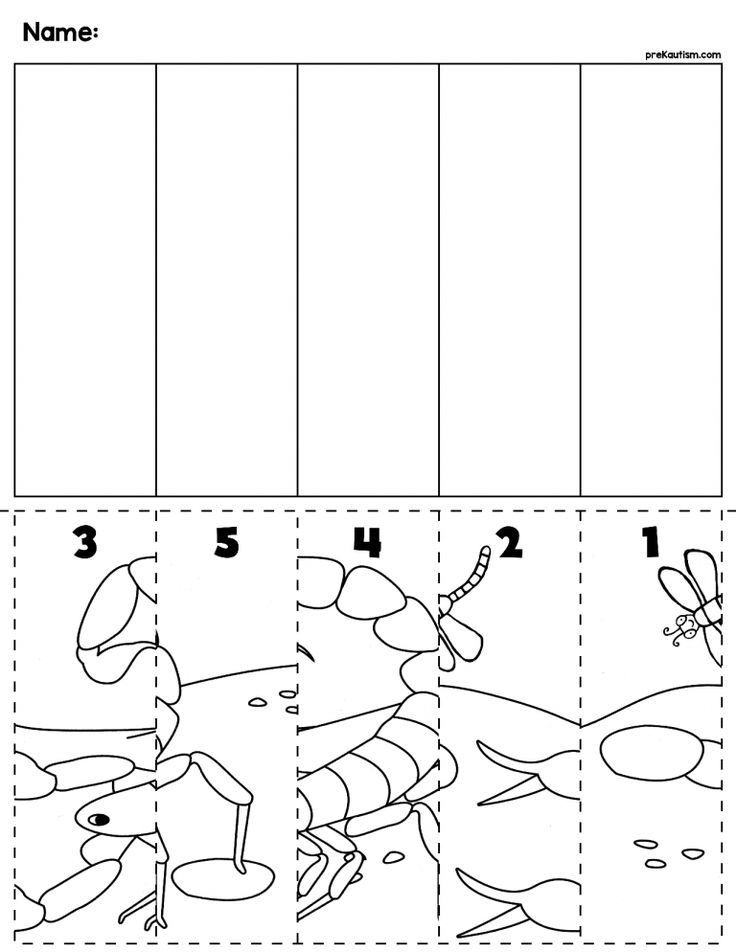 There are four levels of difficulty: 1-10, 1-20, 1-100 and 1-1000.
There are four levels of difficulty: 1-10, 1-20, 1-100 and 1-1000. -
Number Trains
Make a train by sequencing the numbers on their carriages. The numbers are represented in a range of formats such as words, numerals, dice dots or counting frames. The levels progress in difficulty. Level 5 has sequences of twos, fives and tens.
-
Arcade Champion
Order the numbers from highest to lowest in this place value game with numbers up to 1 million.
Fun Ordering Numbers Games for KS1 Children
Choose a Category:
Counting Ordering and Sequencing Place Value, Odd and Even Addition and Subtraction Times Tables Multiplication and Division Money Shapes Measures Data Handling Problem SolvingA great selection of free maths games involving ordering numbers.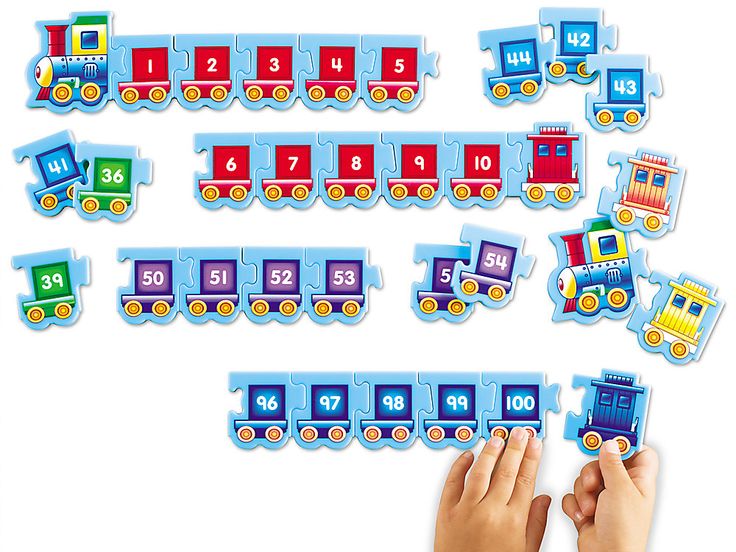 They range from a basic level for younger children to educational games that will provide more of a challenge for able Key Stage 1 children.
They range from a basic level for younger children to educational games that will provide more of a challenge for able Key Stage 1 children.
-
Caterpillar Ordering
A flexible game for ordering numbers and for number sequences. Fantastic on an interactive whiteboard. Early levels involve ordering numbers up to 5.
-
Helicopter Rescue
Great number square games which will help you to find numbers up to 100 on the number square and count on and back. It can help you with adding tens and ones and learning to count to 100.
-
Coconut Ordering
Compare and order different numbers, including decimal numbers, and metric quantities involving length, mass, capacity and money. Includes UK, Euro and Dollar currencies.
-
Ladybird Spots
Three different counting, matching and ordering maths games based on the numbers 1 to 10 for early years children.
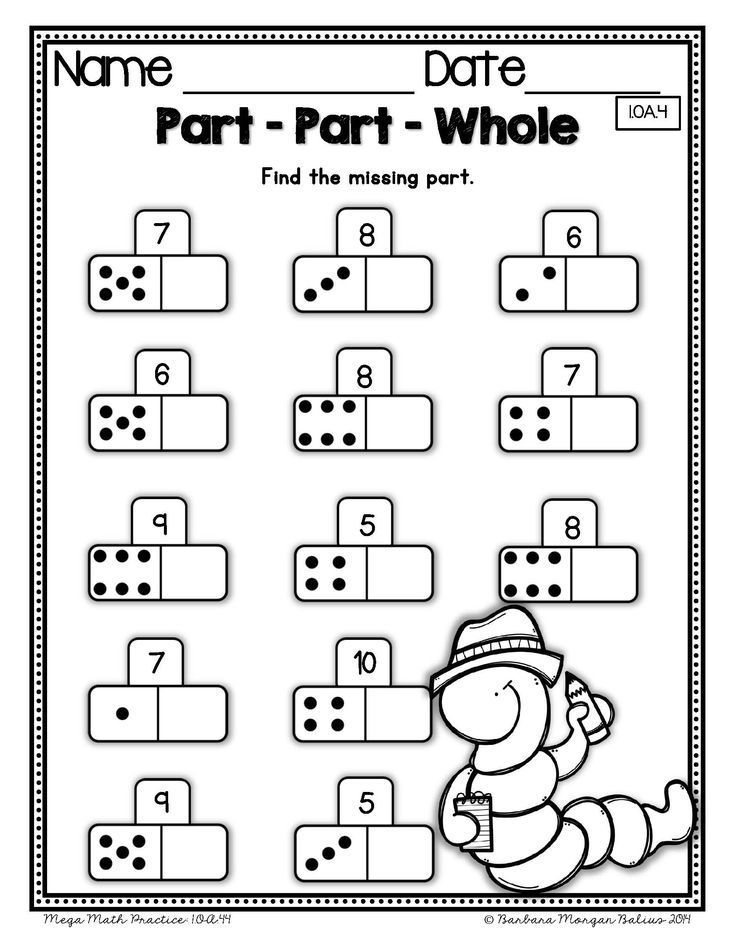
-
Shape Patterns
Shape Patterns is a sequencing game where children from 3 to 8 years of age need to complete the pattern of different coloured 2D shapes. Three levels of difficulty.
-
Paint the Squares
There are various sized interactive grids up to 120, all of which are configurable. They include a regular 100 square, a negative numbers grid and decimal numbers.
-
Rocket Rounding
A multiple choice game involving rounding numbers to ten, a hundred and to a whole number. There are two options, one with a number line and the other more difficult level, without one.
-
Chinese Dragon Game
Chinese Dragon Game is an ordering and sequencing numbers game based on the Chinese New Year dragon theme.

-
Range Arranger
Build a tower with the blocks in the correct order from smallest to largest. Suitable for Year 2 to Year 6.
-
Placing Numbers on a Number Line
A versatile number line that can be used at many different levels beginning at numbers 1 to 10 up to fractions, decimals and negative numbers. Place numbers on a number line and see how close you can get.
-
Grover's Winter Games
This game is probably suitable more for use at home than at school. It has three parts. The first has number to 15 number recognition activities, the second has shape patterns to complete and the third tests a child's ability to follow instructions.
-
Higher and Lower
How good are you at ordering numbers? Lots of examples to try from simple ordering numbers to 10 to fractions, decimals or negative and positive numbers.
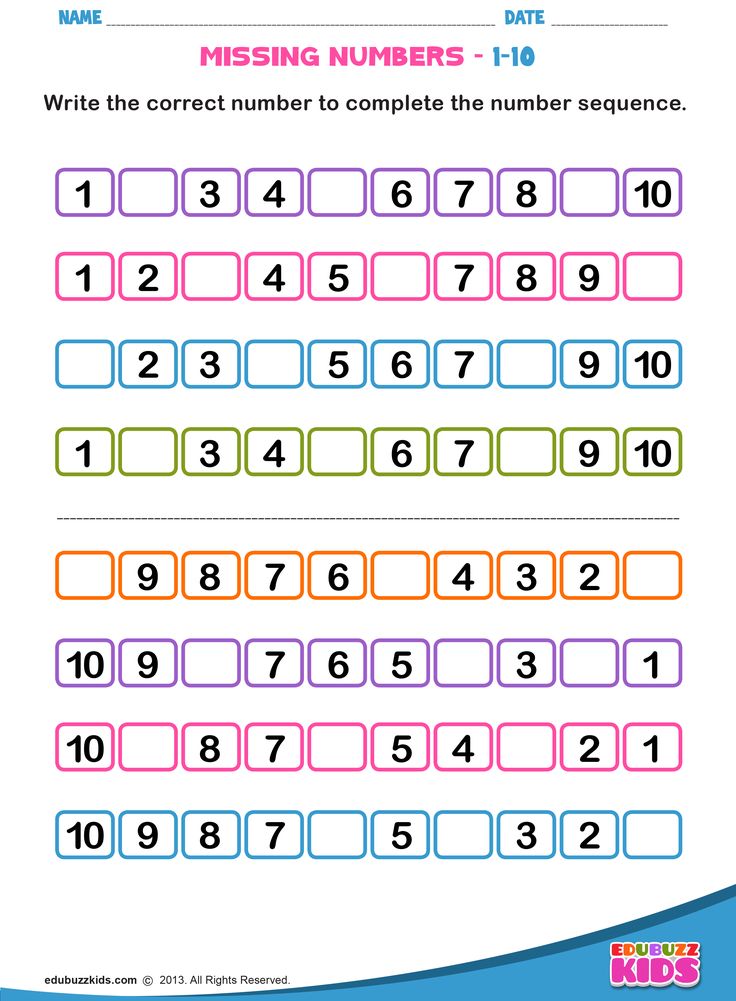 Please be aware the input your own numbers section is faulty.
Please be aware the input your own numbers section is faulty. -
Christmas Patterns
A Christmas edition of our Shape Patterns game. This is a sequencing game where children from 3 to 8 years of age need to complete a sequence of Christmas icons by finding the missing shape. Excellent for logic and problem solving.
-
Number Trains
Make a train by sequencing the numbers on their carriages. The numbers are represented in a range of formats such as words, numerals, dice dots or counting frames. The levels progress in difficulty. Level 5 has sequences of twos, fives and tens.
Number games for preschoolers
To practice the acquired knowledge about counting, numbers, simple arithmetic, play number games with your child, in which you need to use simple calculations.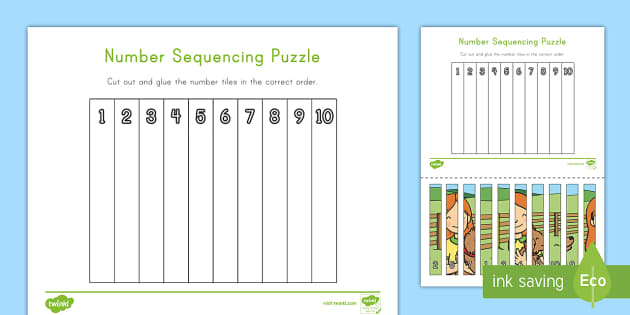 The following are examples of such games.
The following are examples of such games.
Accurate Throw
Use the egg box for this game. Write a number from one to ten on each cell. The box can be placed on a table or on the floor and a small ball or any small object can be thrown into it. The numbers on the cells will be points for hitting, respectively. Spend a few rounds, then add up the points scored and determine the winner.
Shooting range on the table
Make a table shooting range with your child. Draw a target on a thick sheet of cardboard - three circles located one inside the other, with a diameter of 2, 6, and 9 cm. In addition, playing chips are needed for the game, according to the number of participants. Place the target at one end of the table. From the opposite end of the table, you and your child will alternately throw a coin (button, checker) at the target. A player gets 1 point for hitting a large circle, 2 points for a medium one, and 5 points for a small one.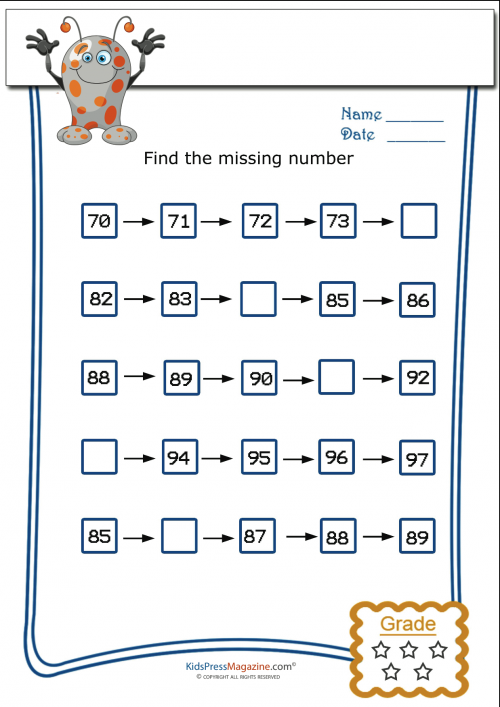 Each participant rearranges his chip on the strip with cells for as many cells as he earned points. The winner is the one who reaches the end of the track first. To prevent the coin from falling to the floor, it is better to move the table to the wall.
Each participant rearranges his chip on the strip with cells for as many cells as he earned points. The winner is the one who reaches the end of the track first. To prevent the coin from falling to the floor, it is better to move the table to the wall.
Guessing games
Invite the child to guess different quantitative values in everyday life by eye. For example, how many slices are there in an orange,
sweets in a box, matches in a box, steps on a ladder, etc. The winner is the one whose guess is closer to the truth.
A good exercise in counting are games with a cube (playing).
Who is more?
In this and subsequent games, use a dice with points from 1 to 6 on the sides. Prepare small things for the game - coins, sweets, etc. Roll the die in turn and take as many items from the game as fell on the edge of the die. The first player to get 10 wins. Then play in reverse order - subtract as much from your items as the die rolled, the winner is the one who gets rid of all their items first.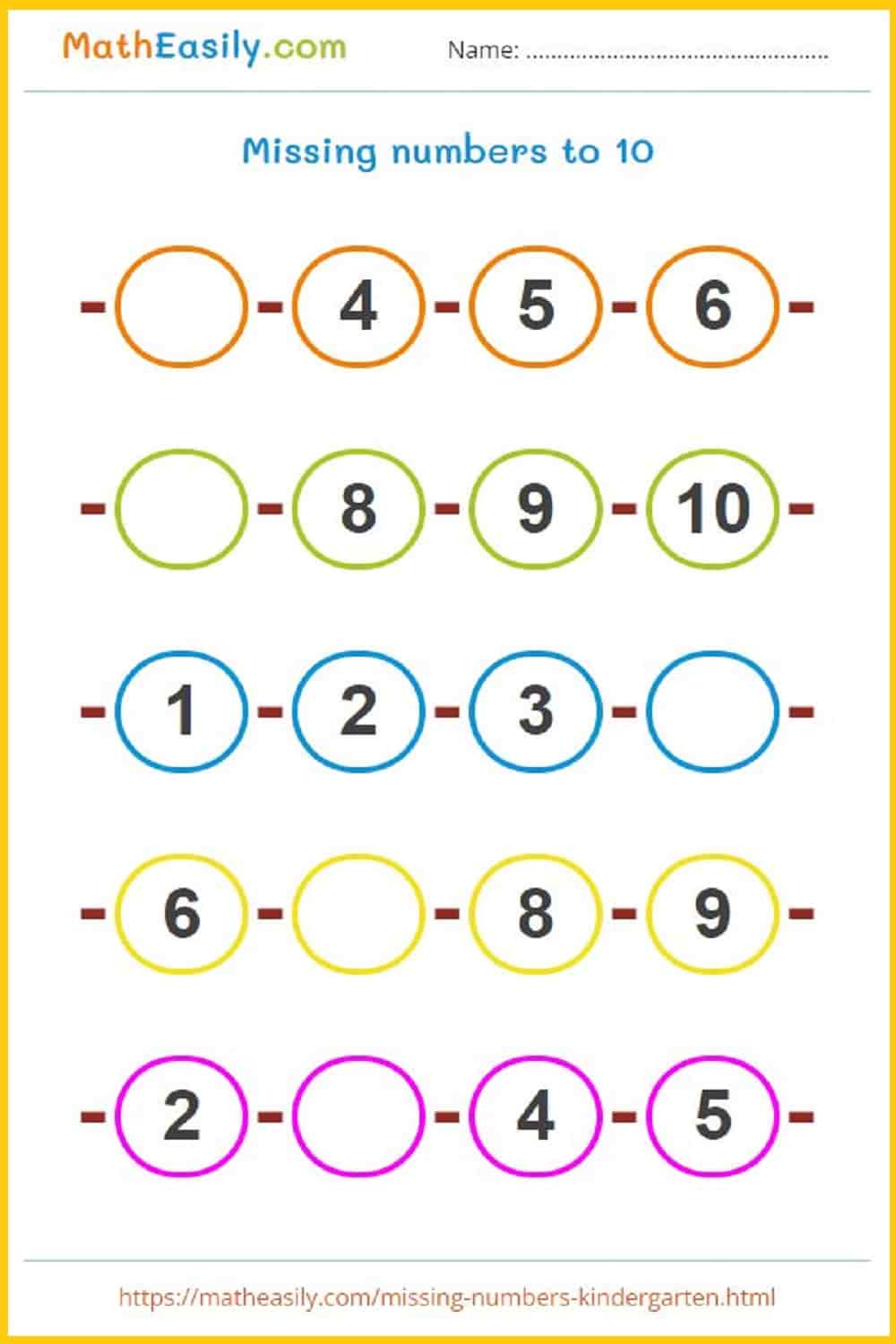
Auction
Take a dice, roll it one by one. The winner is the one who scores more points after a certain number of throws. For children who can count up to 10, the limit is 10, for those who have mastered counting up to 100, 100, respectively. into arithmetic cards. For the game, you need to make 48 cards with numbers from 1 to 24. The cards resemble playing cards, the front side of each is divided diagonally by a line, the number is in the upper left corner and the lower right in a mirror image. There should be 2 cards with each number. 2,3 or 4 participants can play. If there are two players, each takes 4 cards. The one who makes the first move puts in front of his partner any of his cards with the number up. The partner must, by a series of arithmetic operations with the numbers of his cards, get the number that is in front of him. He must count out loud and lay out on the table the cards with the numbers involved in his counting. Suppose a card with the number 7 was laid out on the table in front of him, and the player has cards with the numbers 2,3,9 in his hands,13.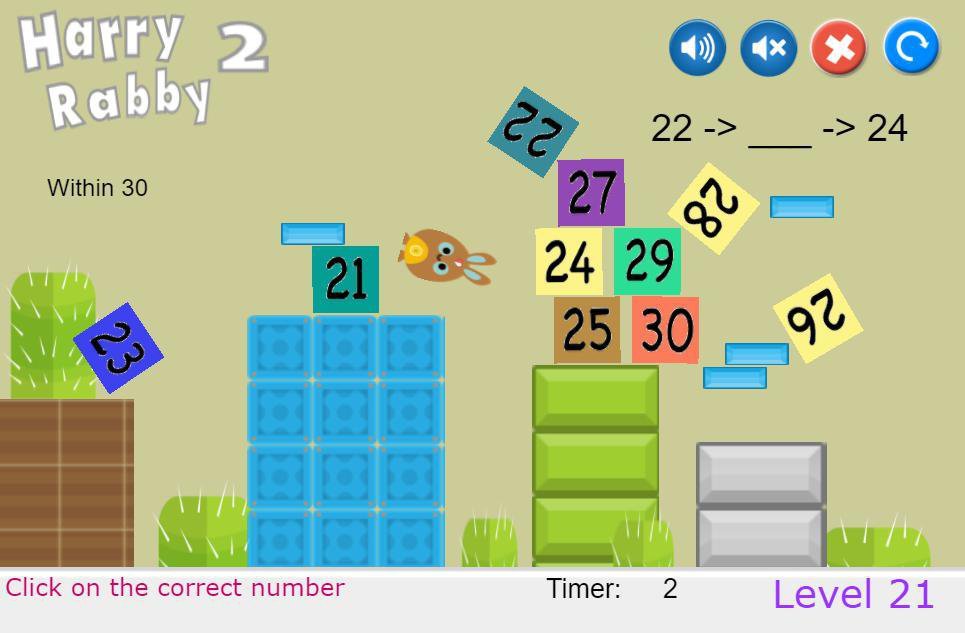 You can get the number 7 by subtracting two from nine. You can get it in another way (more profitable for this game): use all the cards of the player in the calculation: 2,3,9,13. 1) 3+9= 12 2) 12:2=6 3) 13-6=7. All cards that participated in the calculation, along with card 7, become the prey of the counting player and are not returned to the game (the player puts them aside). Now he makes a move, laying out a card in front of his partner. After each turn, the players take out as many cards from the common pile of cards on the table as they have not enough up to 4.
You can get the number 7 by subtracting two from nine. You can get it in another way (more profitable for this game): use all the cards of the player in the calculation: 2,3,9,13. 1) 3+9= 12 2) 12:2=6 3) 13-6=7. All cards that participated in the calculation, along with card 7, become the prey of the counting player and are not returned to the game (the player puts them aside). Now he makes a move, laying out a card in front of his partner. After each turn, the players take out as many cards from the common pile of cards on the table as they have not enough up to 4.
If the desired number cannot be obtained in any way, the player skips a turn. Whoever has the most cards at the end of the game wins. If more than two people play, the order of moves is preliminarily established. For example, if the second player misses a move, then the first player plays with the third, and so on. Five people are playing. A sign with the following numbers is attached to the back of the players' clothes: 3, 7,1,4,6.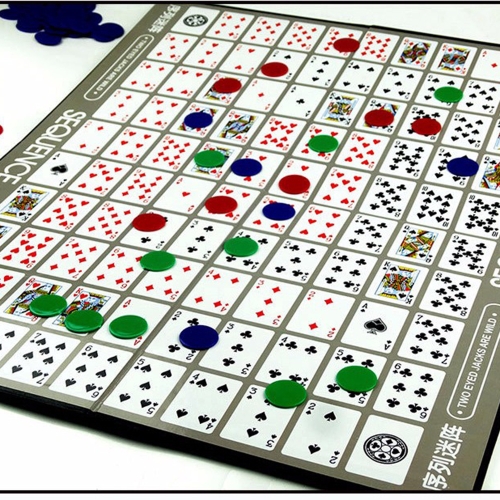 None of the players knows what number he got, but the sum of the numbers 21 is reported to everyone. The task of each player is to determine his number before the others (find out his number). The player can find out this only in one way - by seeing what numbers on the backs of other participants and the sum of these numbers to subtract from the announced total - 21. This is not easy to do, since none of the players is interested in others knowing his "number". Therefore, everyone moves quickly and carefully, trying to get behind the others in order to hide their number and see the rest. You can't lean against the wall. Game time is limited. The first person to name their number wins.
None of the players knows what number he got, but the sum of the numbers 21 is reported to everyone. The task of each player is to determine his number before the others (find out his number). The player can find out this only in one way - by seeing what numbers on the backs of other participants and the sum of these numbers to subtract from the announced total - 21. This is not easy to do, since none of the players is interested in others knowing his "number". Therefore, everyone moves quickly and carefully, trying to get behind the others in order to hide their number and see the rest. You can't lean against the wall. Game time is limited. The first person to name their number wins.
Sum of numbers
This game is for a group of children who can add two digit numbers. There are two teams of five people. All players of each team are hung on their chests with numbers from 1 to 5. Two chairs are placed in front of each team. The host announces some arithmetic action, for example: add 14 to 20.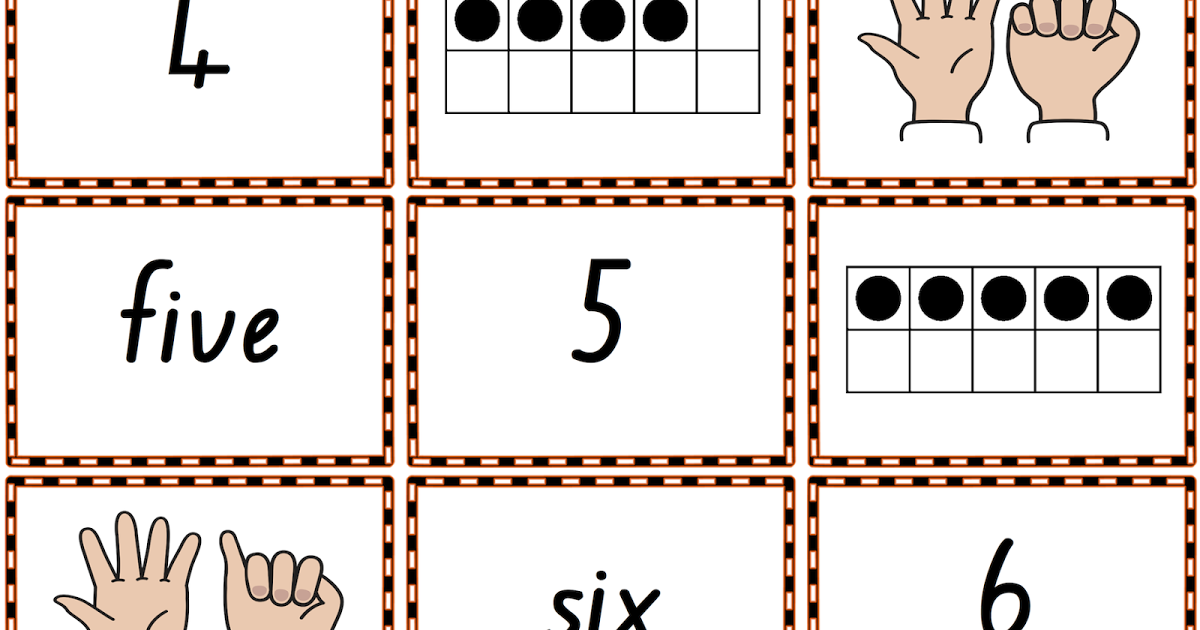 The players of both teams must calculate the result in their minds, calculate the resulting two-digit number - in this case 34, and those players whose numbers on the plates can form this number (numbers 3 and 4) run and sit on chairs in front of their team. The team that completed the task faster gets a point. Examples of arithmetic operations are selected by the leader in advance, so that all players participate in the game at least once.
The players of both teams must calculate the result in their minds, calculate the resulting two-digit number - in this case 34, and those players whose numbers on the plates can form this number (numbers 3 and 4) run and sit on chairs in front of their team. The team that completed the task faster gets a point. Examples of arithmetic operations are selected by the leader in advance, so that all players participate in the game at least once.
Bingo
This game is for children who have mastered counting up to 20. Write the numbers from 2 to 12. Circle them. Roll 2 dice, add up the scores. Cross out the circle with the number you got. The first person to cross out all their numbers wins.
Piggy
Quite a well-known game. Any number of participants can play. Everyone rolls the die in turn and adds the points that have fallen to their score (points can be recorded). But if someone rolls the number one, all his points are burned. At the same time, all participants shout: “Piggy!” To make it more fun. The one who scores 100 points wins.
At the same time, all participants shout: “Piggy!” To make it more fun. The one who scores 100 points wins.
While playing with the dice, you can come up with new games or your own rules.
In order for a preschooler to write Numbers correctly and beautifully, as well as draw geometric figures, it is necessary to teach him to navigate on a sheet of paper in a cage, be able to highlight the top, bottom, right, left sides, middle of the cage, top-bottom and left-right cell corners. The following exercises on a sheet of paper in a cage will help him with this.
1. Trace all sides of the cage with a pencil.
2. Put dots at the vertices of all corners of the cell. Show the right, left, top, bottom sides of the cell.
3. Put dots at each cell vertex, skip two cells, repeat several times.
4. Connect the points of the upper corners of the cell, then the lower corners, skip two cells, repeat several times.
5. Connect the points of the upper and lower left vertices of the cell, then the upper and lower right vertices, skip 2 cells.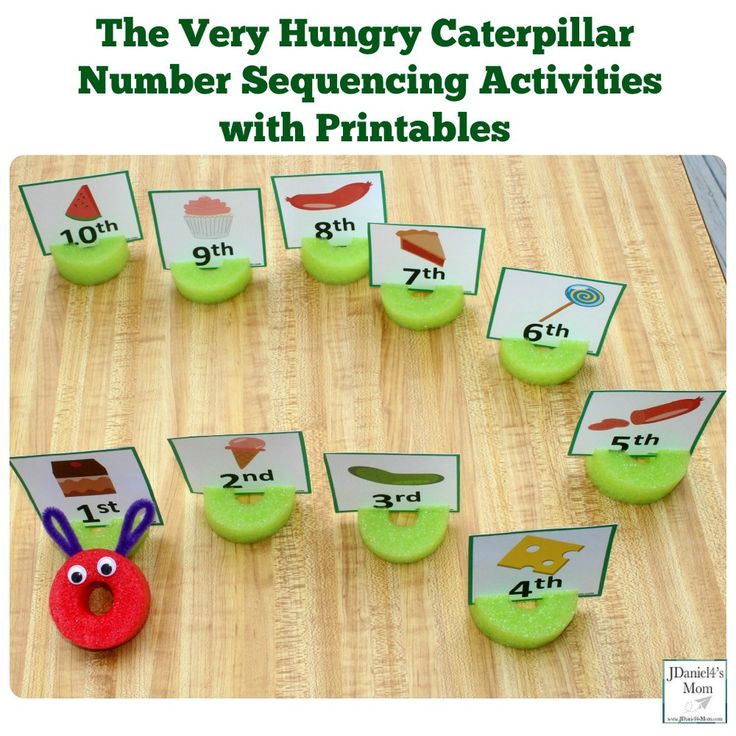
6. Connect the points of the upper left and lower right vertices of the cell.
7. Mark the middle of the cell - put a dot in it. Put dots in the middle of each side of the cells, connect the dots of the right and left, upper and lower sides.
8. Put dots in the middle of two adjacent cells. Connect them. Skip the next two cells, repeat.
The following games contribute to the development of motor-visual coordination:
Hitting the target
Place several dots on a piece of paper. Take the child's hand with a pencil 10-15 cm from the sheet, invite him to hit the points with the tip of the pencil.
Outline
Prepare a stencil with various geometric shapes, have the child trace them exactly along the edge with a pencil. Similarly, invite him to circle the shapes drawn on a sheet of paper in a cage.
Driver
On a piece of paper, draw two parallel lines indicating the way to the house. The task of the “driver” is to drive the car along the road (the child leads the paper with a pencil without tearing off) without touching its edges. The width, length and shape of the road may vary. Similarly, you can play the "maze".
The task of the “driver” is to drive the car along the road (the child leads the paper with a pencil without tearing off) without touching its edges. The width, length and shape of the road may vary. Similarly, you can play the "maze".
Mark circles
Draw ten circles, 1 cm in diameter, on a sheet of paper with a stencil. Put the sheet with circles in front of the child, give him a pencil. Let him try the first time to put a dot in the center of each circle, moving his hand with a pencil from the sheet 15-20 cm up. Do not make long pauses between movements.
Graphic patterns
Graphic patterns the child will draw on a sheet of paper in a cell, without lifting the pencil from the paper, according to your dictation - how many cells you need to move to the right, left, forward, back. You must think about the configuration of the pattern in advance. For example: put a dot in the lower left corner. Draw a line three cells to the right of it, now a cell up, a cell to the left, three cells up, three cells to the right, three cells down, a cell back, a cell down, three cells to the right (repeat several times).
Dots
There are many types of dots games. You will need a piece of checkered paper on which you will draw a 16-dot playing field, each side of which consists of 4 dots and a pencil. Two people are playing, in this case you and the child.
Game 1 . Connect the dots. The players take turns. On each turn, the player connects any two nearest points (vertically or horizontally, but not diagonally). The one who connects the last two dots wins.
Game 2 . Only up, only to the right. Players take it in turns, starting from the extreme point in the lower left corner. The first player draws a straight line to the nearest point, and can only move to the right or only up. The next player continues this line, with the same condition. The player who reaches the top right corner first wins.
Game 3 . As needed. The players take turns. You can connect any two points - above, below, diagonally, etc.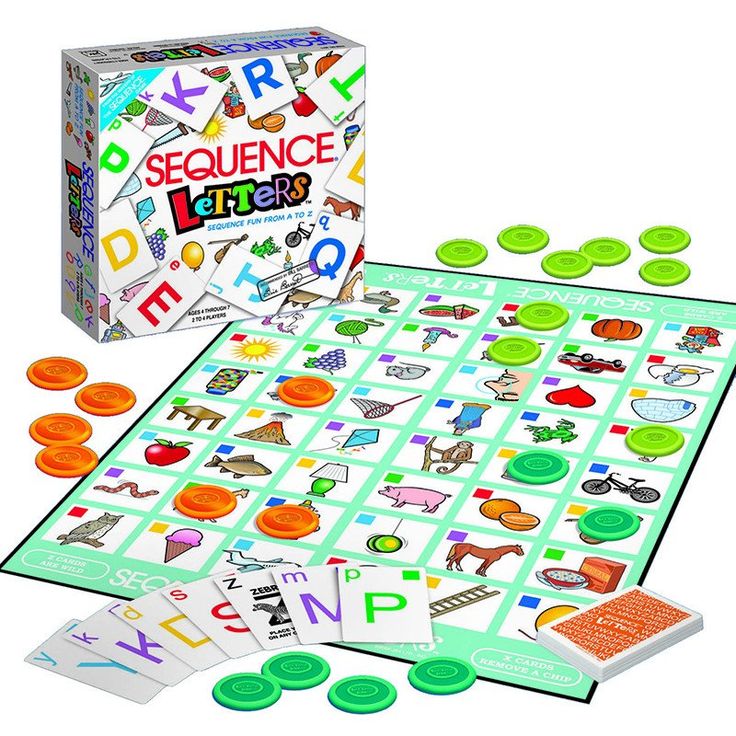 Players adhere to the following rules: lines should not intersect and close, they should only be straight, the next player draws his line, starting from any end of the line of the previous participant. The one who draws the last straight line wins.
Players adhere to the following rules: lines should not intersect and close, they should only be straight, the next player draws his line, starting from any end of the line of the previous participant. The one who draws the last straight line wins.
Game 4 . Square. The players take turns. One player chooses the + sign, the other 0. The players mark the points with their signs, trying to form a square. The one who manages to do it wins.
All information is taken from open sources.
If you believe your copyright has been infringed, please contact write in the chat on this site, attaching a scan of a document confirming your right.
We will verify this and immediately remove the publication.
Chapter 9 Game "Guessing numbers". Delphi. Learning from Examples
Chapter 9 Number Guessing Game. Delphi. Learning from examplesWikiReading
Delphi.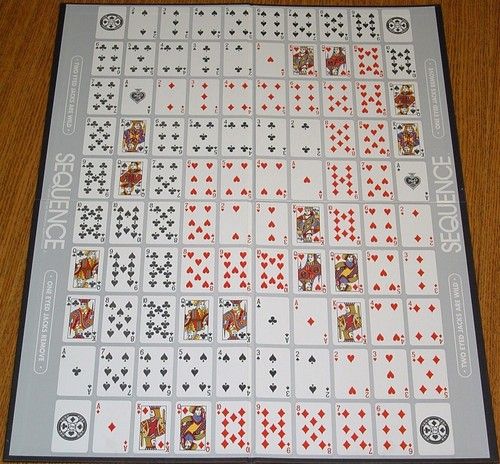 Learning from examples
Learning from examples
Parizhsky Sergey Mikhailovich
Contents
Chapter 9
Number guessing game
Task definition
Develop a game whose goal is to guess a random number from a given range of numbers. Give the opportunity to play with an opponent or against the computer.
Chapter 35 Game Over
Chapter 35 Game Over 2B 2T W 2X 2Z 36 36 2P 36 2V 3C W 3A 32 39 38 2Z W 3D 33 31 38 2V 36 3D W 3E 37 2Z 38 3E W 2X 39 37 3A 36 2Z 2S 1R [170] On Wednesday, February 7, a task force was formed to capture me. Now Assistant U.S. Attorney Kent Walker has stepped in. He
Number format
Number format Finally got to the number format. I have already mentioned it more than once, now I will put everything on the shelves (although you could already understand the general meaning). Numbers in Excel can be displayed in various formats. In this section, we will talk about what number formats exist and how
Numbers in Excel can be displayed in various formats. In this section, we will talk about what number formats exist and how
3. Representation of numbers in computers
3. Representation of numbers in a computer 32-bit processors can work with up to 232-1 RAM, and addresses can be written in the range 00000000 - FFFFFFFF. However, in real mode, the processor operates with memory up to 220-1, and addresses fall in the range 00000 - FFFFF. Memory bytes
17. Avoid magic numbers
17. Avoid Magic Numbers Summary Avoid using literal constants like 42 or 3.14159 in your code26. Such constants are not self-evident and make the code more difficult to maintain because it introduces a hard-to-detect kind of duplication. Use
instead11.6. Random number generation
11.![]() 6. Random number generation Problem You want to generate multiple random floating-point numbers in the range [0.0, 1.0) with a uniform distribution. Solution The C++ standard provides the C runtime library function rand,
6. Random number generation Problem You want to generate multiple random floating-point numbers in the range [0.0, 1.0) with a uniform distribution. Solution The C++ standard provides the C runtime library function rand,
Chapter 8 Click Game
Chapter 8 Game "Hurry to click" Formulation of the problem A form flashes across the screen, and the goal of the game is to have time to click on the window that appears with the mouse. To win, you must "hit" the window ten times. It should be taken into account that with each "hit" the speed of moving the window
Number conversions
Number conversions In the case of the built-in numeric types (sbyte, int, float, etc.), explicit conversion is required when you are trying to store a larger value in a smaller container, as data loss can occur. Basically it's a way of saying
SORT NUMBERS
SORT NUMBERS One of the most common tests for machines is sorting.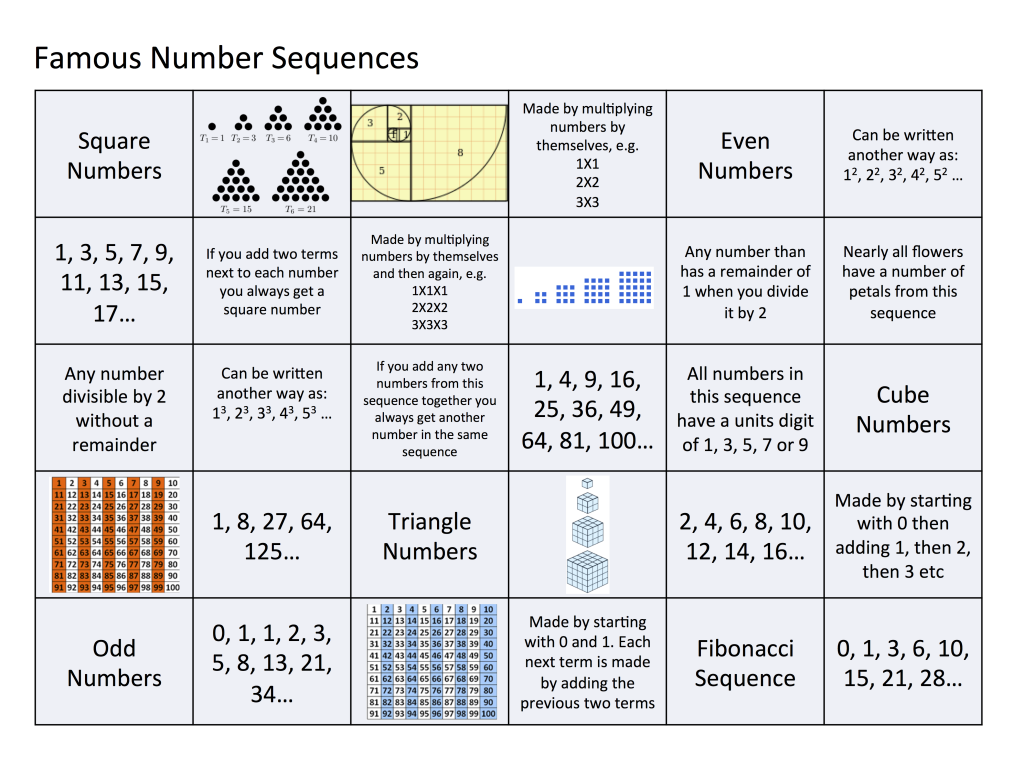 We want to develop a program for sorting integers. Let's apply the black box principle again and think in terms of input and output. Our general idea, shown in Fig. 10.4,
We want to develop a program for sorting integers. Let's apply the black box principle again and think in terms of input and output. Our general idea, shown in Fig. 10.4,
Number formatting
Number Formatting We've already seen the XPath language function string, which converts its argument to a string. This function can convert to a string and a numeric value, but its capabilities are very limited. Fortunately, XSLT provides powerful capabilities
17.4. Checking numbers
17.4. Number check To compare numbers, you can use other kinds of operators. The general format is "number" numeric_operator "number" or [ "number" numeric_operator "number" ]where the following operators can appear as numeric_operator expressions: -eq Two numbers
6.4. Entering text and numbers
6.